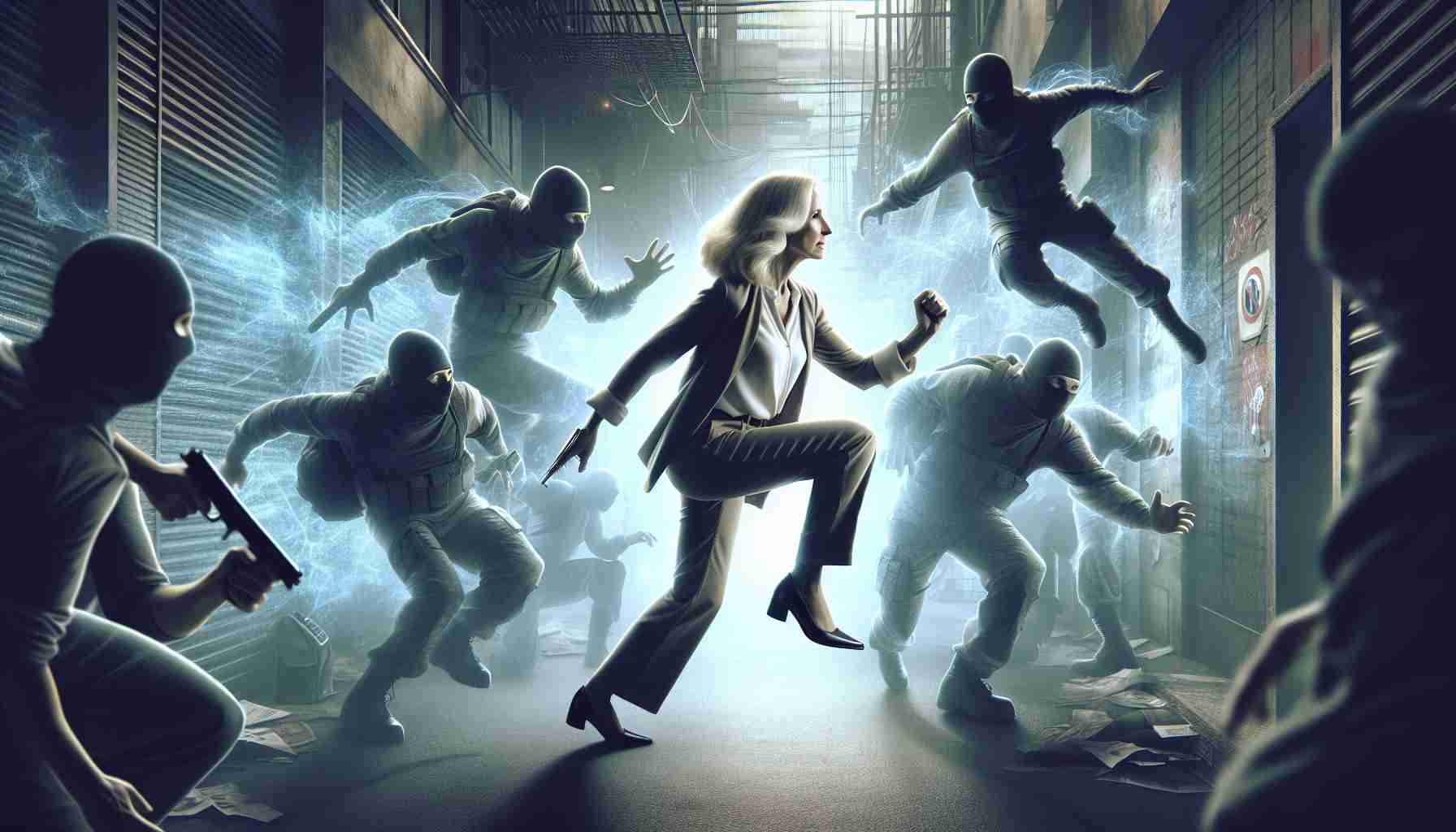- The Dark Tower is a celestial nursery located about 5,000 light-years from Earth in the constellation Scorpius.
- This structure is formed from a cloud of gas and dust shaped by radiation from nearby young stars.
- Its glowing pink edge results from the interaction of intense radiation with surrounding materials.
- The Dark Tower is depicted in a stunning image captured by the VLT Survey Telescope in Chile.
- This phenomenon highlights the ongoing process of star formation and cosmic evolution.
- The Dark Tower serves as a reminder of the universe’s beauty and its continuous creation of new stars.
Hidden in the heart of the constellation Scorpius lies a breathtaking phenomenon known as the Dark Tower. This isn’t a comet—far from it! Instead, it’s a celestial nursery where new stars come to life, ensconced within a dramatic cloud of gas and dust that resembles a mystical tower in the night sky.
Located about 5,000 light-years from Earth, the Dark Tower is no ordinary cosmic object. Its captivating shape, with a glowing pink edge, has been meticulously sculpted by the intense radiation from a nearby cluster of vibrant young stars, just out of view to the upper left. These brilliant stars unleash powerful energy that carves the surrounding material, resulting in the mesmerizing elongated form of the globule.
Captured by the VLT Survey Telescope at the European Southern Observatory in Chile, the image of the Dark Tower reveals the fiery dance of light and shadow. The pink glow that outlines this structure isn’t just a pretty sight; it highlights hot, excited particles invigorated by the relentless stellar forces at play.
The Dark Tower serves as a stunning reminder of the universe’s ongoing creation process. As dense clumps of gas and dust collapse, they give birth to new stars, lighting up the universe one cosmic event at a time.
So next time you gaze up at the night sky, remember that within the vastness of Scorpius, stellar wonders like the Dark Tower are silently creating new worlds and illuminating the cosmos!
Discover the Cosmic Marvel: The Dark Tower and Its Secrets!
The Dark Tower: A Celestial Nursery in Scorpius
Hidden within the brilliant constellation of Scorpius lies the Dark Tower, a stunning phenomenon that in reality serves as a celestial nursery for new stars. It is located approximately 5,000 light-years from Earth and is not a comet, but rather an intricate structure formed from dense gas and dust.
# Key Features of the Dark Tower
1. Location and Composition: The Dark Tower is nestled in a region rich with stellar activity, showcasing the process of star formation.
2. Formation: The tower-like shape is sculpted by the energetic outbursts from a cluster of young, bright stars that emit radiation, which influences the material around it.
3. Visual Characteristics: The Dark Tower is distinguished by its glowing pink edges, highlighting hot particles excited by nearby stellar forces, creating a surreal visual display.
# Market Forecasts for Stellar Observation
With advancements in telescope technology and the increasing interest in star formation phenomena, the market for astronomical telescopes is projected to grow significantly. According to recent industry analysis, the global telescope market is expected to reach $1 billion by 2027 as amateur and professional astronomers invest in high-performance equipment to observe celestial events.
# Innovations in Astronomy
Innovations such as adaptive optics and infrared imaging from ground and space-based telescopes are enhancing our ability to observe complex stellar nurseries like the Dark Tower accurately. These technologies allow for capturing clearer images of distant cosmic structures, unlocking the secrets of star formation and evolution in new and exciting ways.
Important Questions About the Dark Tower
# 1. What is the significance of the Dark Tower in the study of star formation?
The Dark Tower serves as a prime example of how stars form from clouds of gas and dust. Its study helps astronomers understand the conditions that lead to star formation and the effects of nearby stellar radiation on molecular clouds.
# 2. How does the nearby star cluster influence the Dark Tower’s shape?
The intense radiation and stellar winds produced by the young stars in the cluster shape the Dark Tower by carving out and compressing the surrounding gas and dust, leading to its elongated and sculpted form.
# 3. What challenges do astronomers face when studying distant cosmic structures like the Dark Tower?
Astronomers face numerous challenges, including light pollution, atmospheric disturbances that can distort images, and the need for advanced imaging technologies to capture the intricate details of distant objects in the universe.
For further exploration of cosmic phenomena, visit ESO – European Southern Observatory for detailed studies and images from their telescopes.













